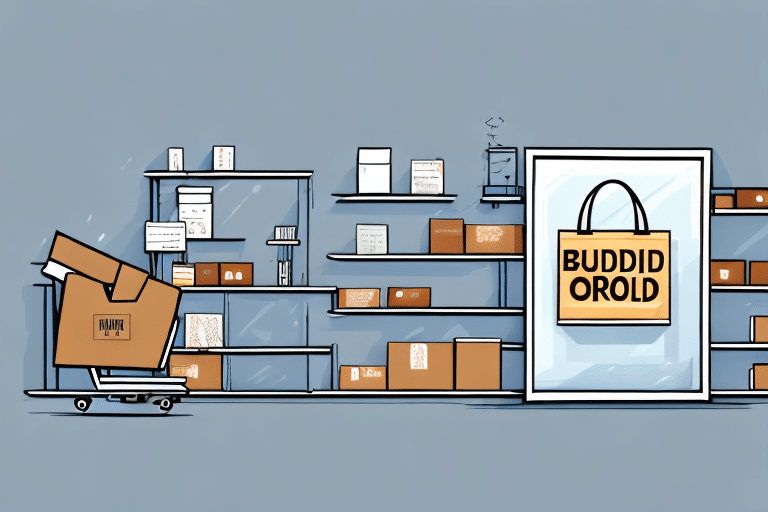Understanding Backorders
Backorders occur when an item is temporarily out of stock and cannot be shipped immediately. Instead, the item is placed on "backorder" while the supplier or manufacturer works to replenish inventory and fulfill the demand. This situation is common in various industries, especially in retail and e-commerce, where fluctuating demand and supply chain challenges can lead to inventory shortages.
Causes of Backorders
Unexpected Spikes in Demand
High demand for specific products can quickly deplete available inventory, leading to backorders. For instance, limited edition releases or seasonal products often sell out rapidly, necessitating restocking efforts.
Supply Chain Disruptions
Events such as natural disasters, geopolitical tensions, or pandemics can disrupt supply chains, causing delays in production and shipment. The impact of COVID-19 highlighted how vulnerable global supply chains are to unforeseen disruptions, significantly increasing the likelihood of backorders.
Production Delays
Manufacturing issues, including machinery breakdowns or labor shortages, can slow down production rates. Such delays prevent businesses from restocking items promptly, resulting in backorders.
Forecasting Errors
Inaccurate demand forecasting can lead to either overstocking or understocking. Underestimating demand may result in insufficient inventory to meet customer orders, thereby causing backorders.
Effects of Backorders on Customers
Customer Frustration and Dissatisfaction
Long wait times for backordered items can lead to frustration and decreased customer satisfaction. A survey by American Express found that 35% of customers are likely to abandon a purchase if faced with a backorder.
Impact on Customer Loyalty
Properly managed backorders can maintain or even enhance customer loyalty. Transparent communication and timely updates reassure customers that their orders are being handled, fostering trust and repeat business.
Opportunities for Customer Engagement
Backorders provide businesses with opportunities to engage customers by offering alternatives or incentives, such as discounts on future purchases or free shipping, to mitigate dissatisfaction.
Managing Backorders as a Customer
Stay Informed
Regularly check your email and the retailer’s order tracking system for updates on your backordered items. Staying informed helps manage expectations regarding delivery times.
Be Patient
Understanding that backorders are often beyond the retailer's immediate control can help maintain patience during the waiting period.
Explore Alternatives
If you need an item urgently, consider looking for similar products from other retailers or exploring different brands that might have the item in stock.
Strategies for Businesses to Handle Backorders
Effective Communication
Keeping customers informed about the status of their backordered items through regular updates via email or the company’s website can reduce frustration and enhance satisfaction.
Prioritize Orders
Businesses should prioritize fulfilling the most urgent orders first to minimize the impact on customer satisfaction. Implementing a priority system based on order date or customer status can help streamline this process.
Leverage Technology
Utilizing advanced inventory management systems and predictive analytics can help businesses anticipate demand and manage inventory levels more effectively. Tools like TradeGecko offer solutions to optimize inventory management and reduce the risk of backorders.
Case Studies
Successful businesses often implement robust backorder management strategies. For example, Shopify highlights companies that maintain high customer satisfaction by providing clear communication and offering alternatives during backorder periods.
Preventing Backorders Through Inventory Management
Accurate Inventory Tracking
Maintaining real-time inventory tracking helps businesses monitor stock levels accurately and reorder products before they run out. Integrating systems like NetSuite can enhance inventory visibility and control.
Demand Forecasting
Utilizing data analytics to predict future demand can enable businesses to adjust their inventory accordingly. Accurate forecasting reduces the chances of overstocking or understocking products.
Flexible Supply Chain
Developing a resilient supply chain that can adapt to changes quickly helps mitigate the risks of backorders. Diversifying suppliers and maintaining backup options can ensure smoother operations during disruptions.
Conclusion
Backorders are an inherent aspect of managing inventory in dynamic markets. While they can pose challenges for both businesses and customers, effective communication, strategic inventory management, and proactive demand forecasting can minimize their impact. By adopting these best practices, businesses can maintain customer satisfaction and loyalty even when faced with backordered items.






















